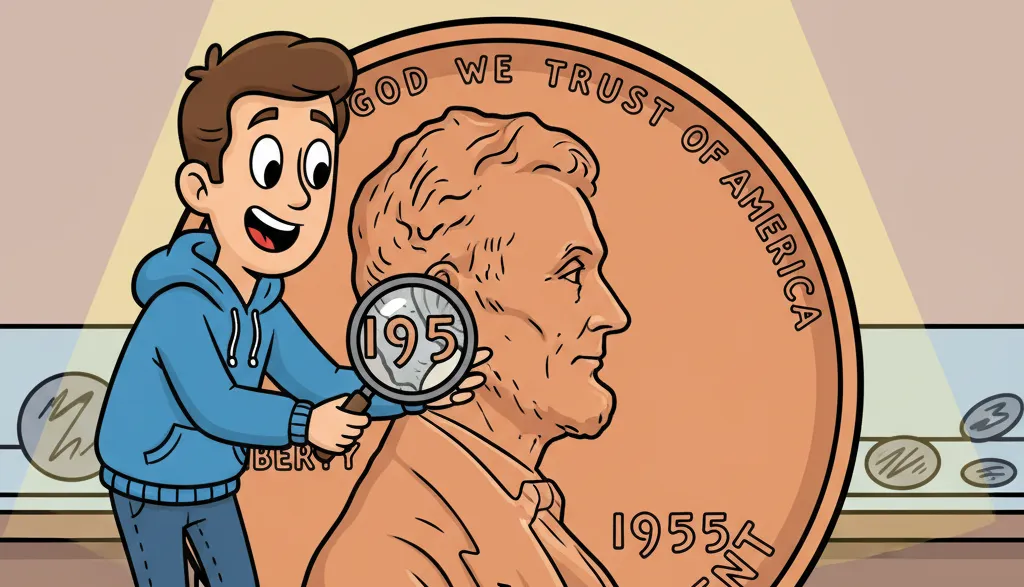The Early Days of Online Game Graphics
The Pixelated Foundations of a Revolution
Cast your mind back to the dawn of online games—when logging in felt like magic, and graphics were, well… let’s just say, “charmingly simple.” These were the days when every pixel counted. Games like “Ultima Online” and “Meridian 59” didn’t rely on jaw-dropping visuals—they couldn’t—but they captured hearts with their imaginative use of *just enough*. Entire worlds were built out of chunky sprites and limited color palettes, but somehow, those digital spaces felt alive.
As players entered virtual realms crafted more from ambition than technology, compromises had to be made. Characters often walked like marionettes, and trees? They weren’t much more than green blobs on sticks. Game developers faced serious technical constraints, yet turned them into opportunities for creativity.
Quirks of Graphics from the ’90s
- Fixed perspectives: Many games relied on isometric views to simulate depth, a clever illusion given the hardware limitations.
- Animated GIF-like movements: Player characters swayed through clunky, looping frames that were oddly endearing.
- Tile-based maps: Entire environments were painstakingly drawn square by square, making exploration feel grid-like yet surprisingly immersive.
For those who remember stepping into these pixelated playgrounds, there’s a certain nostalgia—a reminder that even humble beginnings can spark journeys beyond imagination.
The Rise of 3D Graphics and Realism
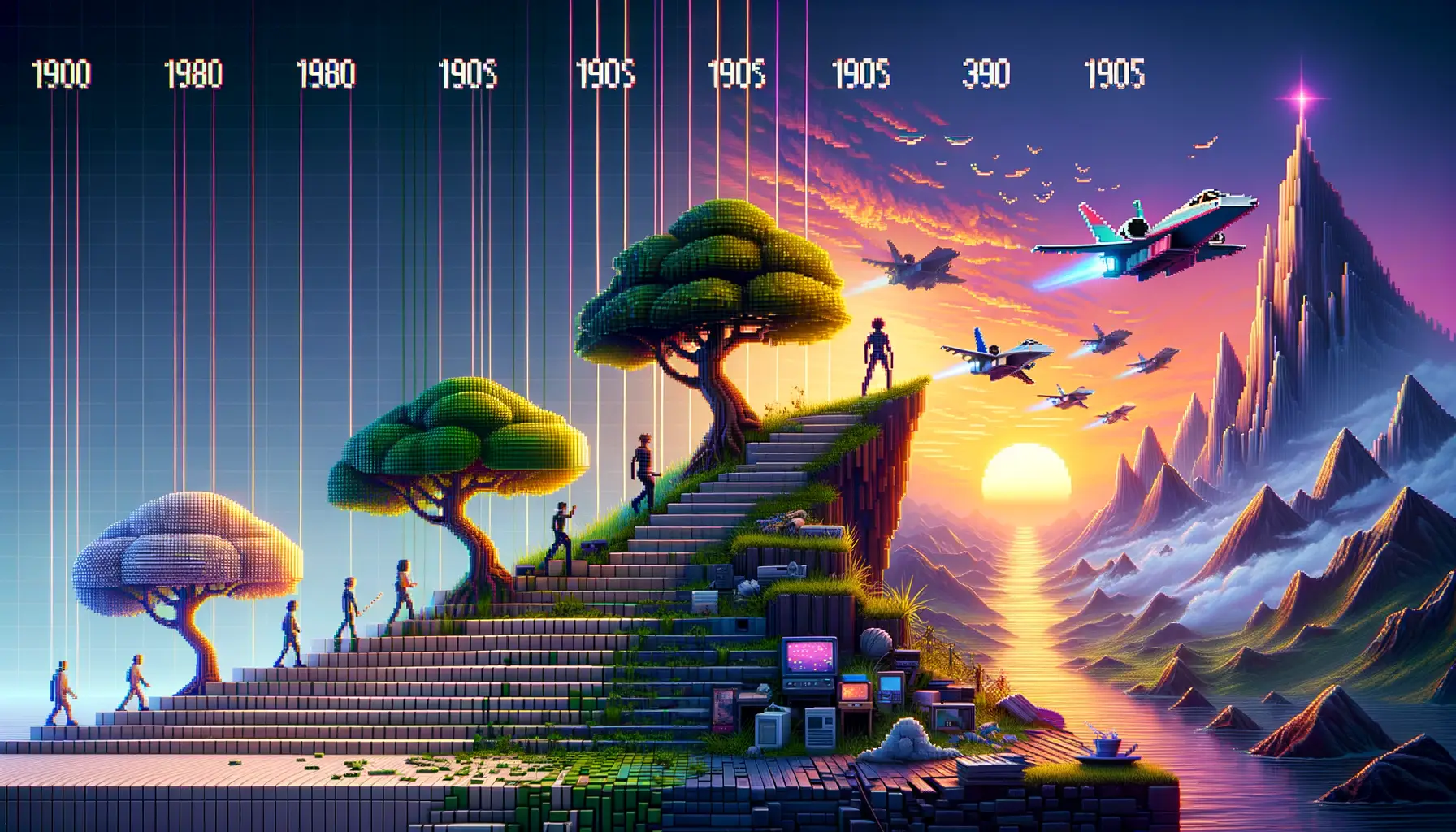
When Pixels Learned to Stretch and Shape-Shift
The leap into the world of 3D graphics was like trading in a tricycle for a spaceship. Suddenly, game developers weren’t bound by flat, 2D planes anymore—games could now breathe, twist, and come to life in ways that made players’ jaws hit the floor. Instead of a few stuck-together sprites, you could run through fully realized environments, dive into dizzying landscapes, and interact with characters that had depth, shading, and *personality*.
Think back to the first time you played something like Quake or Tomb Raider. It wasn’t just gaming; it felt like stepping into another dimension. (And yes, we all spent way too long marveling at Lara Croft’s blocky polygons back then.) This revolution wasn’t just visual—it tapped into something emotional. You weren’t simply watching a game screen; you were *in* it.
- Dynamic lighting brought scenes to life, crafting moody caves and glowing cityscapes.
- Characters began to move fluidly, thanks to innovations like motion capture.
- Textures became richer, wrapping objects in stunning realism.
A whole new era of immersion arrived, and gaming would never look—or feel—the same.
Innovations in Game Engines and Rendering Technology
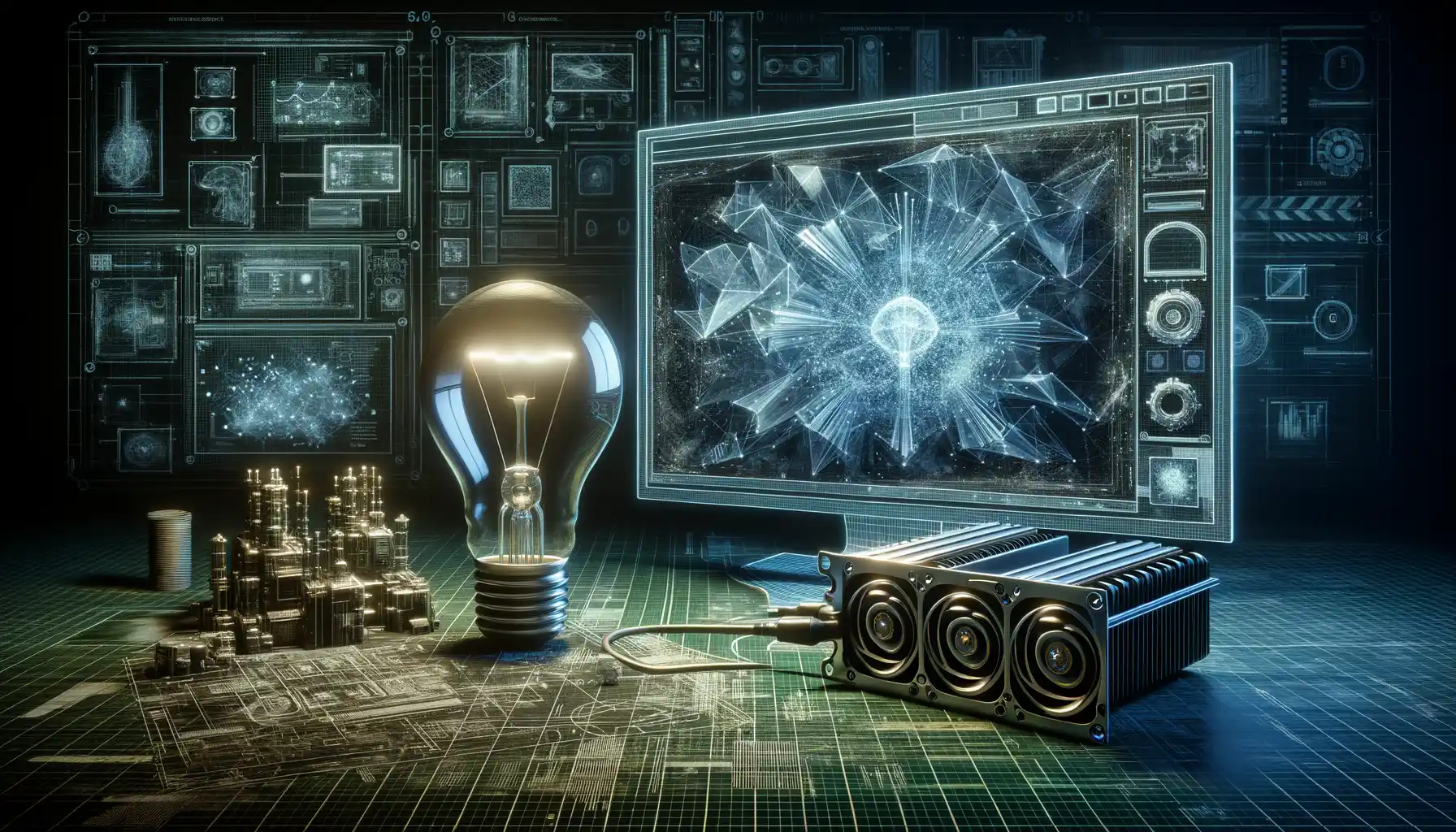
Revolutionizing Real-Time Rendering
Online games have transformed into virtual masterpieces, and at the heart of this evolution are groundbreaking game engines. Think of them as the directors behind the scenes, orchestrating every shadow, texture, and particle to create immersive landscapes. Engines like Unreal Engine and Unity have become titans in this space, pushing boundaries others only dreamed of a decade ago.
One of the most mind-blowing breakthroughs is the way they handle real-time rendering. Picture this: you’re running through a dense forest in an MMORPG, shafts of light piercing through the trees, perfectly modeled ripples dancing across a stream. That’s not magic; it’s innovations like ray tracing and PBR (Physically Based Rendering) hard at work. These technologies simulate how light behaves in the real world, creating visuals so stunning you can almost feel the sunlight on your skin.
- Ray tracing: Realistic lighting and reflections that make every scene pop.
- Procedural generation: Endless, unique worlds crafted on the fly.
Players now demand photorealism, but it doesn’t end there. Developers cleverly mix artistry with tech to deliver graphics that aren’t just pretty—they tell a story, evoke emotion, and pull you deeper into the game’s world.
Current Trends in Online Gaming Visuals
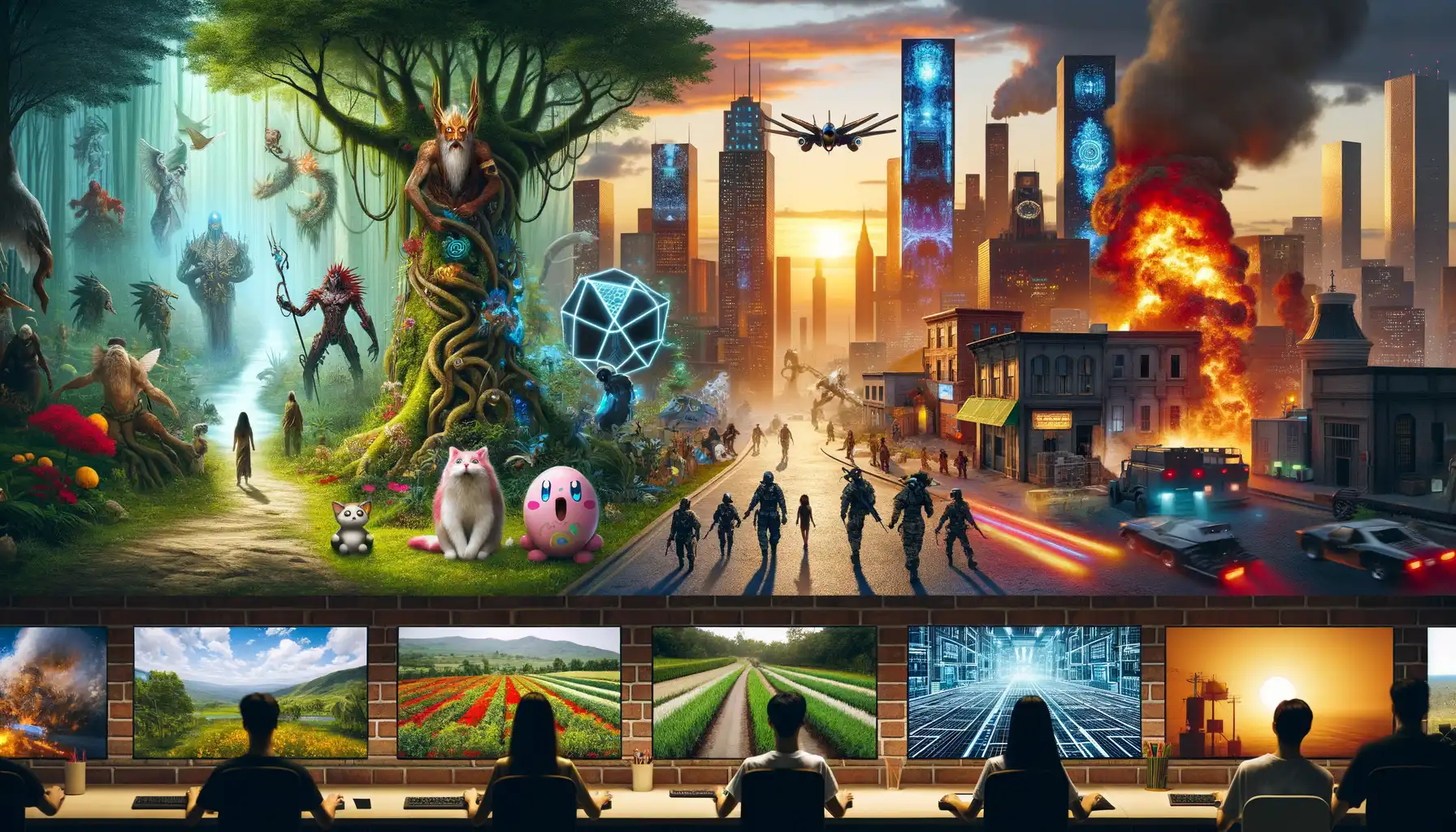
Immersive Details That Feel Almost Tangible
It’s 2023, and online gaming visuals have entered a realm we once thought impossible. Today, it’s all about creating worlds that don’t just look real—they *feel* real. Think of the shimmering ripple on water when your character wades through a lake, or how sunlight filters through tree branches in an open-world RPG. These aren’t just happy accidents; they’re the result of groundbreaking technologies like ray tracing, which simulates how light behaves in the real world, down to the tiniest flicker.
Character models? Forget the stiff, plastic-like faces of the past. We now have hyper-detailed avatars with pores, freckles, and even subtle emotional shifts in their expressions. It’s as if game designers are sculptors, crafting digital beings so lifelike they could step off the screen.
- Photogrammetry: Stunning environments built from real-life scanned textures.
- AI-assisted animations: Characters move fluidly, like dancers choreographed by technology.
Love multiplayer games? Modern lobbies offer not just gameplay but vivid social spaces—neon-lit cyberpunk bars or serene alien landscapes where players gather, chat, and hang out. Every pixel feels purposeful, making you linger, stare, and fall headfirst into these stunningly detailed universes.
Future Perspectives on Graphics Development in Online Games
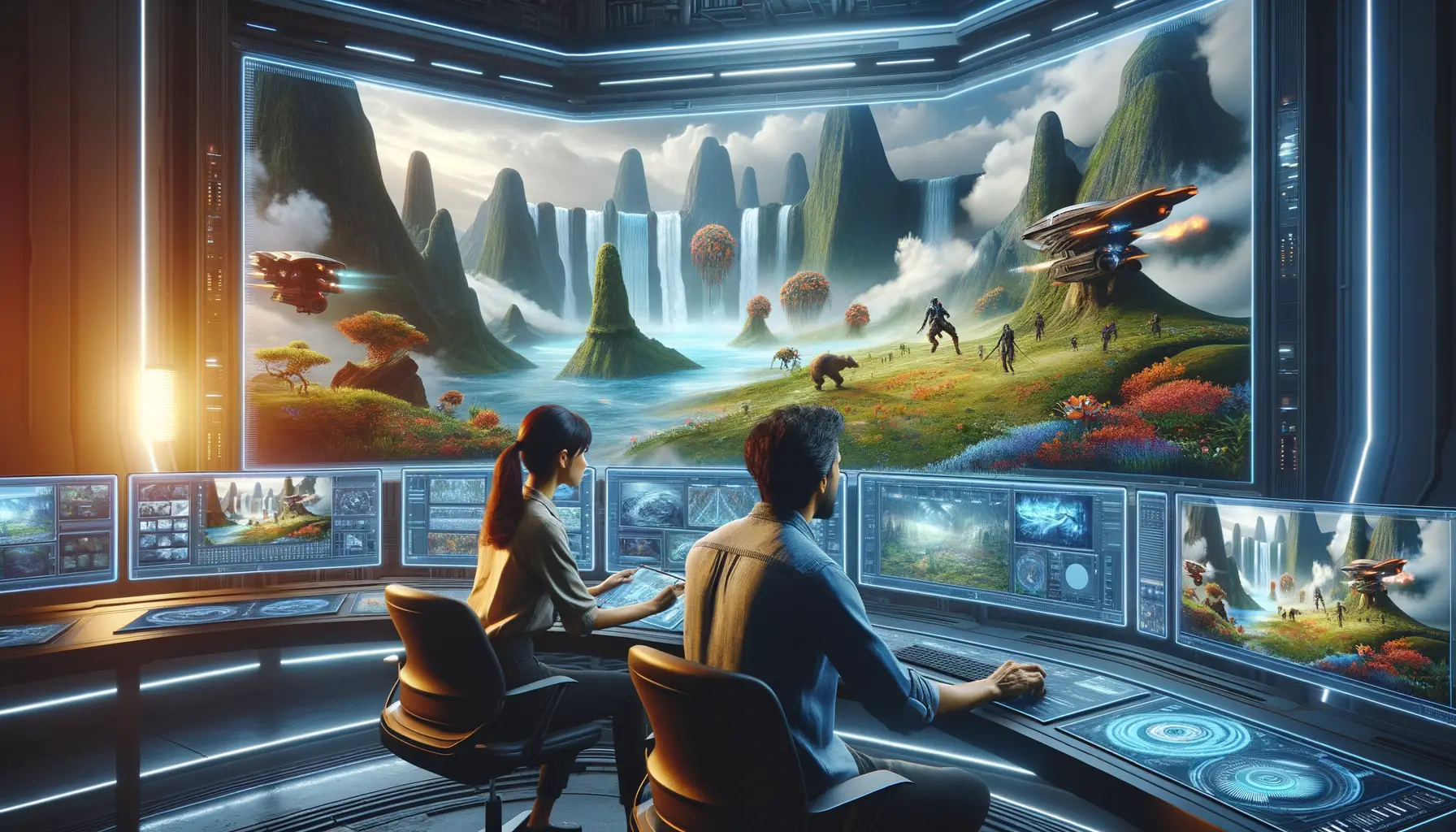
The Next Frontier in Visual Storytelling
Picture this: logging into an online game and not just playing but *living* inside its world. With advancements on the horizon, we’re talking about graphics so immersive they could blur the line between reality and digital artistry. Technologies like ray tracing and AI-driven rendering are already crafting visuals that feel almost tangible, but the future? It’s set to be a spectacle we can barely imagine.
Expect textures so detailed you’ll see the tiniest cracks in a dragon’s scales and lighting that mimics sunlight breaking through forest canopies in real time. And what about character expressions? Forget stiff, predictable animations—upcoming tools might enable NPCs with microexpressions that react authentically to your every decision.
- Volumetric rendering creating misty mornings or fiery explosions you believe you can smell.
- AI-fueled art adjustments, where landscapes adapt dynamically to player choices and moods.
Beyond Screens: Virtual Reality and Neural Interfaces
Now, here’s something to blow your mind: the move beyond monitors. As VR headsets become lighter and more accessible, they’re paving the way for richer, fully enveloping experiences. Imagine strapping on some sleek gear and stepping directly onto a battlefield or into a neon-lit cyberpunk city. But it doesn’t stop there—future neural interfaces could bypass the screen altogether, directly interfacing with your brain to project hyper-realistic worlds into your consciousness.
This isn’t just gaming; it’s sensory storytelling designed to pull you in completely. Will our future games ask us to feel ultraviolet sunsets, shiver at artic winds, or touch the textures of alien rocks? If the current trajectory continues, the best answer might be: “Why not?”



